This well-balanced strain is great for relaxing and socializing since it produces euphoric effects that are somewhat stimulating. Dutch Treat is sometimes referred to as a “sativa” because of its effects, however this is untrue.
Dutch Treat Strain – Medical Benefits
1. Stress & Anxiety Relief
-
Known for its calming, euphoric effects, Dutch Treat is often used to ease stress, anxiety, and tension.
-
Many patients report a mellow mental uplift that doesn’t overwhelm.
2. Pain Management
-
Offers moderate analgesic (pain-relieving) properties.
-
Helpful for those dealing with headaches, muscle pain, arthritis, and chronic pain conditions.
3. Insomnia & Sleep Disorders
-
Because of its relaxing indica-dominant qualities, Dutch Treat can promote restful sleep.
-
Often chosen by patients who have trouble falling asleep or staying asleep.
4. Appetite Stimulation
-
Can help individuals struggling with loss of appetite due to medical conditions or treatments like chemotherapy.
5. Mood & Mental Health Support
-
Provides a gentle euphoric boost, making it useful for managing depression, PTSD, and mood swings.
-
Sample ID & Batch/Lot: Matches your jar/batch sticker.
-
Date & Lab Accreditation: Recent test; ISO/IEC 17025-accredited lab.
-
Potency math:
-
Total THC ≈ (THCA × 0.877) + Δ9-THC
-
Total CBD ≈ (CBDA × 0.877) + CBD
-
-
Terpenes: Dutch Treat should show terpinolene-forward signature; total terpenes of 1–3% are typical for well-cured flower (can be lower or higher).
-
Pass/Fail flags: All safety panels should PASS with non-detects or below action limits.
-
Water Activity (aw): Aim ≤0.65 to reduce mold risk; moisture often 8–12% for cured flower.
The cerebral effects help lift mood without excessive sedation.
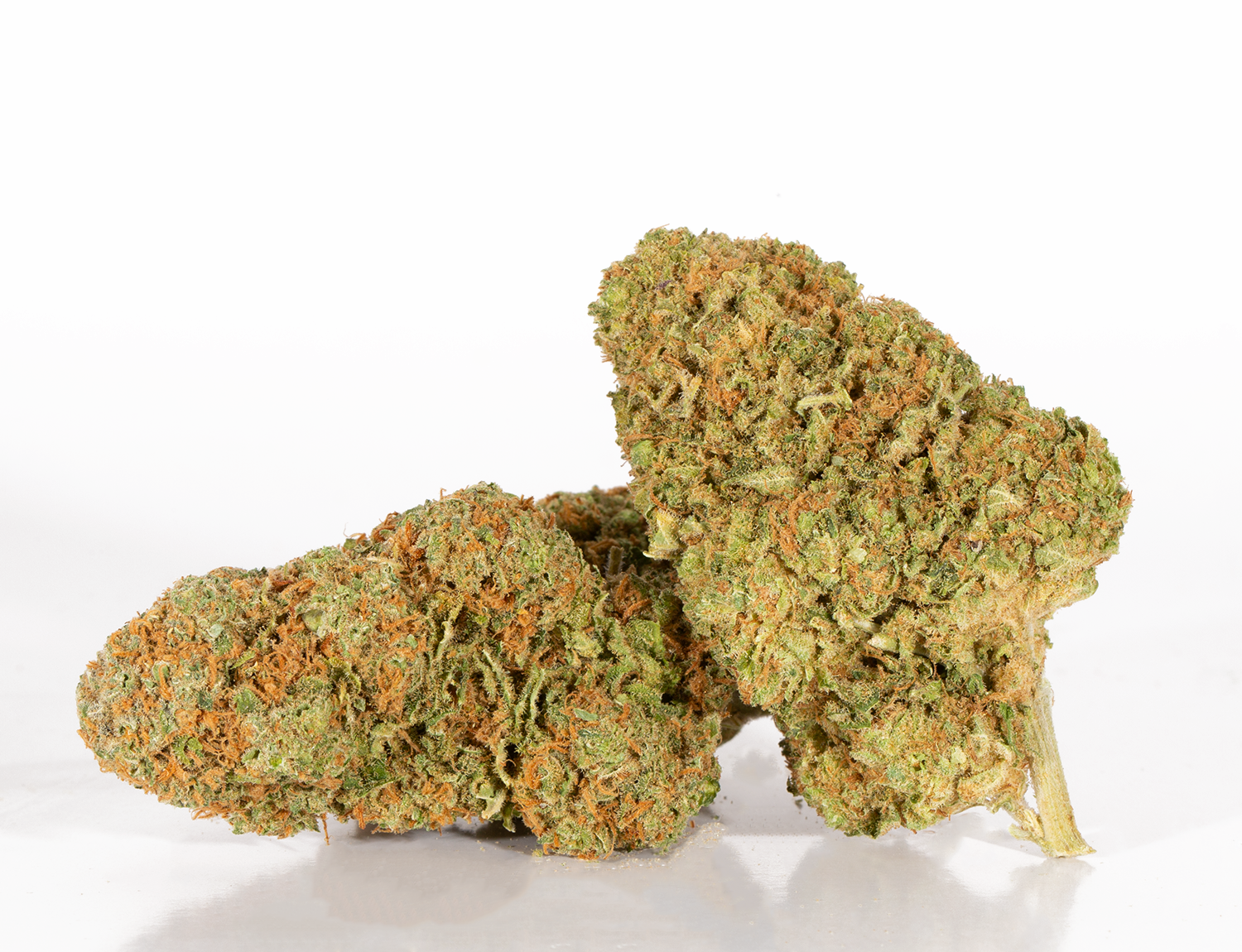
Buy Dutch Treat Strain Online Dosage of Dutch Treat Cannabis
1. Start Low, Go Slow
-
Dutch Treat often contains 15–25% THC, making it moderately to highly potent.
-
New users should begin with 1–2 inhalations (if smoking/vaping) and wait 15–30 minutes before consuming more.
2. Typical Inhalation Doses
-
Beginners: ~2–5 mg THC per session (a puff or two).
-
Intermediate users: 5–10 mg THC.
-
Experienced users: 10–20 mg+ THC, depending on tolerance.
3. Edibles (if available in Dutch Treat form)
-
Start with 2.5–5 mg THC, wait at least 2 hours before re-dosing.
-
Effects are stronger and longer-lasting (6–8 hours).
4. Medical Patients
-
For pain, stress, insomnia: small evening doses (microdosing 2.5–5 mg THC) may be more effective than large doses.
-
Always consult a healthcare provider, especially if using with other medications.
5. Frequency
-
-
Many patients find Dutch Treat best for evening use due to its relaxing, sedating qualities.
-
Daytime use in low doses may help with stress or mood disorders without heavy sedation.
-
Dutch Treat Cannabis – Aroma Profile
1. Sweet & Fruity
-
Strong notes of sweet blueberries and ripe fruit give Dutch Treat its signature initial scent.
2. Herbal & Piney
-
A refreshing pine and eucalyptus aroma balances the sweetness, giving it a clean, forest-like fragrance.
3. Earthy & Spicy Undertones
-
Subtle hints of earth, spice, and herbs create depth and make the scent more complex.
4. Terpene Influence
-
Terpinolene → sweet, fruity, floral tones
-
Myrcene → earthy and relaxing base
-
Pinene → pine and fresh herbal sharpness
Summary:
Dutch Treat cannabis has a sweet blueberry and pine aroma, layered with earthy, herbal, and spicy notes. Its fragrance is often described as both uplifting and soothing, reflecting its hybrid effects.Dutch Treat – Testing Guide (COA)
What to test
-
Potency (Cannabinoids): Δ9-THC, THCA, CBD, CBDA, plus minors (CBG, CBC).
-
Terpenes: Focus on terpinolene (often dominant in Dutch Treat), myrcene, ocimene, pinene, caryophyllene, linalool.
-
Safety Panels:
-
Pesticides (multi-residue panel)
-
Heavy metals (Pb, As, Cd, Hg)
-
Microbials (total yeast & mold, Salmonella, STEC)
-
Mycotoxins (aflatoxins, ochratoxin A)
-
Residual solvents (if extract)
-
Moisture / Water Activity (mold risk)
-
Typical profile (informational, not a guarantee)
-
THC (total): ~15–25% common; some lots outside this range.
-
CBD (total): usually <1%.
-
Dominant terpene: Terpinolene (often ~0.2–1.0%+ of weight when well-cured).
-
Secondary terpenes: Myrcene, Ocimene, α/β-Pinene, Caryophyllene, Limonene, Linalool.
(Actual results vary by cultivar, grower, and batch.)
-
-

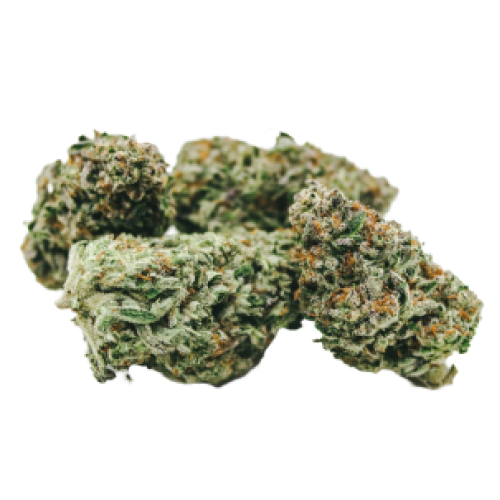
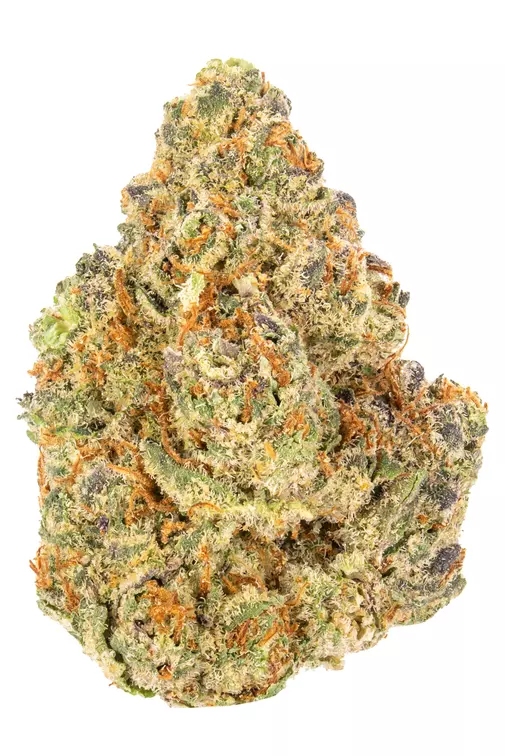

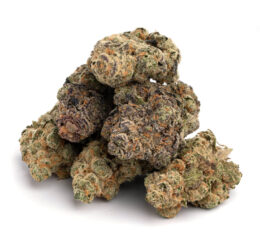
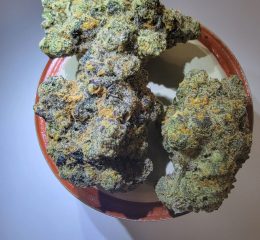
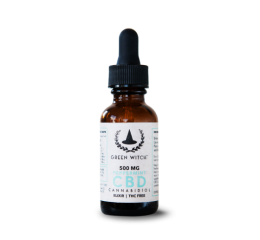
Reviews
There are no reviews yet.